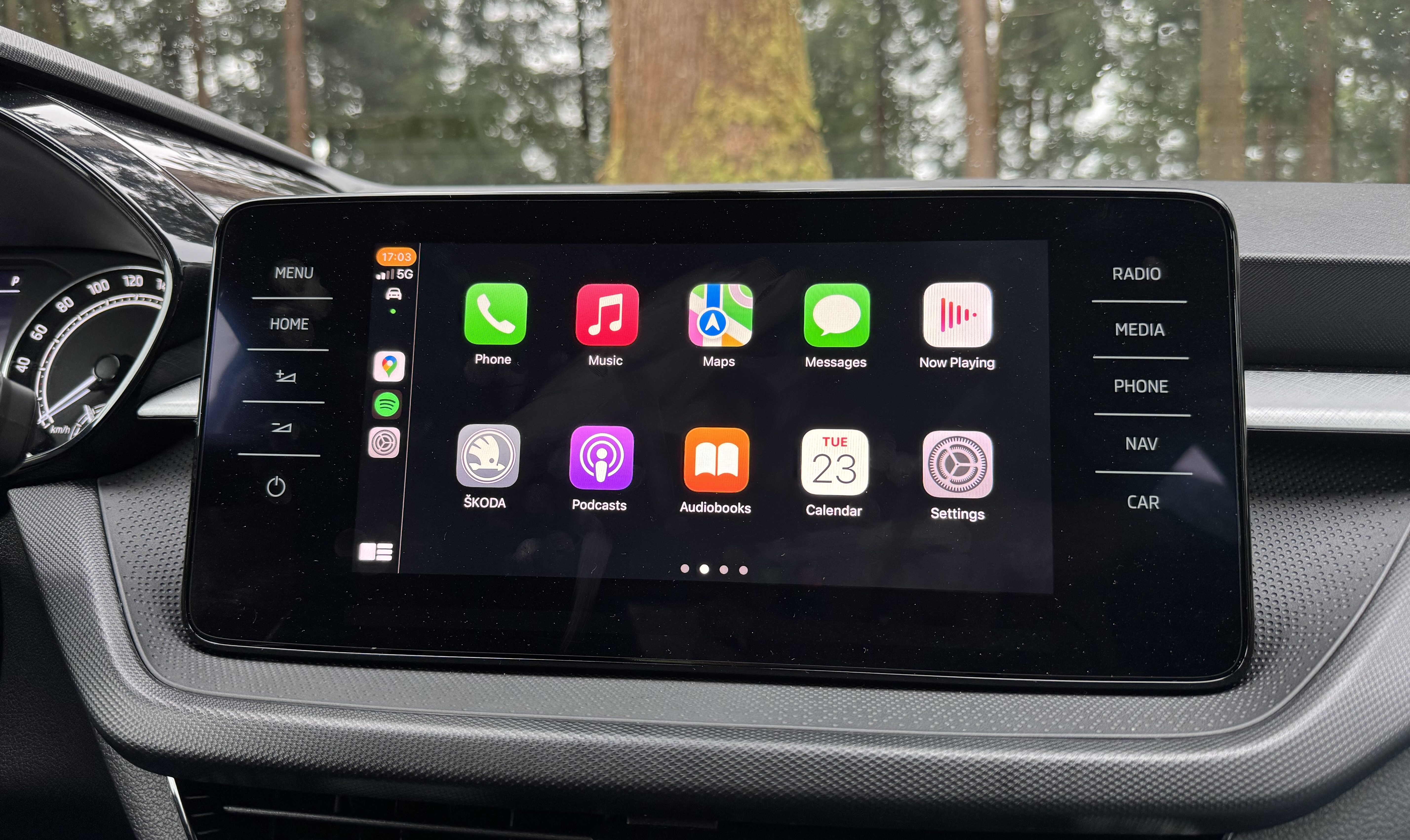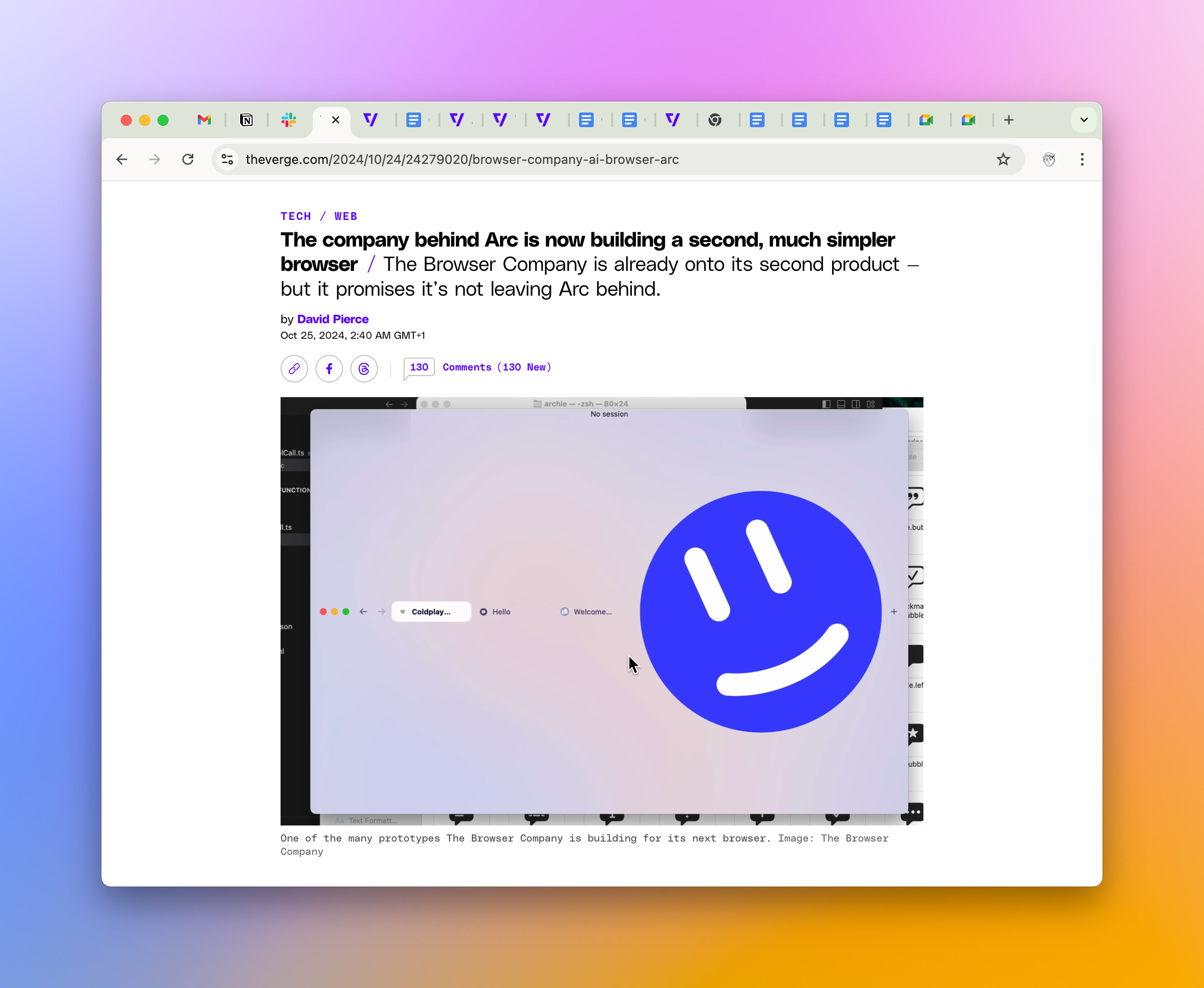How to Work With Reporters and Get Publications in Media
Even if you don’t have resources for hiring a team or even a single person to handle your public relations that doesn’t mean your announcement doesn’t deserve to be on TechCrunch.
First of all, who am I to tell you about that? I work at Day One Ventures where we invest in startups and help them stand out by leading their communications. I’m on the investment team now but before venture capital, I was doing PR and secured publications on TechCrunch, VentureBeat, CNET and so on. I have a weird background coming from applied science to marketing and communication and then to VC, so I believe I have a more estranged approach that could be helpful to people unfamiliar with PR.

What is PR
People have a lot of misconceptions about what PR is and isn’t, and it also depends a lot of your own company. If Apple has a new phone to show their approach would be very different. Most companies aren’t Apple and might find this useful.
Basically, you have a news announcement and you pitch it to the relevant reporters so they might write about it on their media websites and more people would learn about it. Almost everything is sales, from hiring an employee to securing investors, and PR isn’t an exception but it has some unique aspects.
In the US market there is far more news happening than there are reporters who can cover them. Every journalist is bombarded by emails from founders and their PR teams – most of those are really low quality but there’s just too many to process. If you’re reaching out to a reporter you’re competing with every single email in their inbox.
Think about what they want and what they need. Their job is to write engaging news and ideally be the first to do it. You can help them sometimes but you need to be thoughtful, not annoying. Have some empathy.
When Do You Need PR
A desire to have your name in a Forbes article or something similar is understandable but is hardly a good reason.
Most companies use PR to attract three specific audiences.
- Customers or partners
- Venture Capital investors
- Prospective candidates
Any pieces you generate might affect all of them but it’s important to start from your existing business goals.
You might get a spike in users from a good article in a relevant media outlet but don’t believe it would become a sustainable growth channel for you. There are exceptions, of course, certain consumer companies rely a lot on a never-ending stream of articles on LifeHacker and similar outlets and benefit a lot from SEO when people have specific problems. Or you might get some B2B leads if you’re working in a niche and got published on some trade publication.
If you want to raise funding, media will likely help you, as long as you get mentioned on Tier-1 outlets: let’s say TechCrunch, Wired, The Verge, Entrepreneur, Fortune, Washington Post, Business Insider – and some others, this list isn’t exhaustive by any means and depends a lot on what you do. Investors might read it, got interested and would try to reach out either cold or through someone in their network. And if they already knew about you, articles might help generate some FOMO to your benefit.
Finally, candidates. It might not be very reasonable, but media publications act as a good validator that you’re a legit company and have enough funds to pay them at least for some time. It also helps when people can show the article to their close people when they explain why they hell are they leaving a good job for your unknown startup.
What is News
First, you need to figure out if you really have news to share. New companies have an advantage as it can be your launch story, maybe even coupled with the funding announcement if you had any. This is a very good foundation but something you can only do once (or say you had a “soft launch” and not you’re open to everyone, well, it’s becoming more of a stretch).
There are other options. The funding announcement on itself is usually pretty strong, ideally if you have at least more than $1M of funding and some more well-known investors. With proper execution you will almost definitely get some publications, the real challenge is getting Tier-1 media and deeper articles.
Other easier options include:
- Product launch or updates – but it needs to be quite significant and people tend to overestimate their accomplishments here.
- Partnerships with bigger companies – if you can convince them you’d manage it yourself.
But what if you don’t have anything like that? Think about something you can offer to the reporter. You’re building an entire company from the ground up. Are you in expert in some industry? While you were figuring all this out, have you collected some unique data nobody in the industry has? What’s your unique view on it? Even in the US, there aren’t many good reports on multiple industry categories and the situation is much worse in other countries. Maybe you have a self-driving startup and almost accidentally collected data on the road quality throughout the United States.
One option I haven’t mentioned earlier is bylined articles. I won’t dive too much in this, but if you’re an acclaimed expert in some field you might be writing articles for the media that’d be published under your own name. You won’t be able to mention your own company, at least too often, and you will be working with an editor to tune them. It might be helpful on certain occasions, especially when you need to promote your expertise. It’s also different from a ‘Contributor’ status.
Embargo
Let’s say it’s the first time you want to tell the world about your company.
You can either do an embargoed outreach or try to nail an exclusive piece. What is the difference?
An embargo is a verbal agreement to not publish the news until a certain deadline. It allows you to pitch multiple reporters and hopefully get a stream of publications at a certain time. Again, if Apple wants to give reporters the next iPhone to review they can sign an NDA. Your arrangements would be on a handshake at best. Usually, they aren’t breached and you should trust them.
The added sense of urgency and competition between the reporters might help you as they don’t want to spend all that time in vain. The problem is that by default none of the reporters would be that invested into you. The ones working for top media can easily choose what they write about and find a more compelling and unique piece. Another huge issue is that you have to raise interest without sharing the details. If it’s a funding announcement you can’t say how much and what VCs were involved. If it’s about a product you can’t say the specifics.
If you tell the reporter it’s an exclusive piece they might feel motivated to dig deeper and maybe even have a more detailed profile of the company instead. Especially since they don’t have to accept any embargo to understand what the news is about. Of course, they want to write unique articles and not compete in a rat race.
Both strategies are valid and you have to choose wisely. Do you want a single big piece or a set of possible smaller ones on multiple outlets? There’s a real chance you’d miss some you wanted unless you go exclusive. And sometimes you might rely too much on a single person and they might lose interest at the last moment.
How to Prepare
You need to find the relevant reporters. PR firms utilize their existing connections and also have a Cision or Muckrack subscription – databases of reporters, their contacts and interests. But these tools are way too expensive for what they provide and unless you’re a professional PR manager you don’t need them.
You need to find reporters who are potentially interested in your announcement and then you need to find a way to connect with them.
Here are a few simple ways to locate them:
- Check the coverage of your competitors or any companies in that particular industry category. Who covered them? Google News is completely up to that task.
- Most media websites have a category of staff. Look at their titles and stated interests, open the pages of the ones that might seem relevant and read what they write about.
- If your business is around a particular niche look for smaller trade publications with a more narrow focus.
You need to study the journalists:
- Ensure they are really relevant to your news. What are their interests and views on the industry?
- Check the dates of their last articles. Are they still working there? They might be on a vacation or they might have left this job. In most cases, publishers don’t change anything on their personal pages to highlight it, but if they haven’t written for a couple of months you’d better check their Twitter or LinkedIn to be sure.
- What is their role? Sometimes you might find a contributor instead of a staff member. Note that their post aren’t usually promoted on the main page of the publisher’s website by default, also most of them don’t really cover the news. Being a contributor is often like having a personal blog on a nice domain. Try to focus on staff journalists.
When you found the people you believe should be interested you need to write down their contacts. Most journalists prefer to be pitched via email (their professional and not personal email). Usually, they have it listed either on the publisher’s website, likely on their personal page or the staff directory or have it in their Twitter bio. Some are OK with being pitched with DM but you’d be treading on thin ice here. Sometimes there’s a contact form to reach out to them but in my practice, those haven’t been useful at all. P.S. Never call reporters unless you’re asked to by them.
Almost any publisher has a general editorial email like editors@news.all but I’d suggest to only use it in case of some minor or niche websites who are in fact might be handled by just a couple of editors. In all other cases find the people to pitch directly.
There are other services for finding people’s emails except for Cision and Muckrack. I found RocketReach to be nice at times and a much cheaper alternative. At least you can try it without talking over the phone and signing a 12-month contract for $5000 and more.
For an embargoed outreach I’d suggest having at least 40-50 names on the list, preferably up to 100. You might have a backup journalist for each outlet but it wouldn’t be nice to write them simultaneously. Reach out to the backup only if your primary contact passed.
You can use a spreadsheet like this to keep your media list and track the status of each outlet.

How to Pitch
The common knowledge is that you need to write a press release. Not really. This format is only useful in some specific instances and it’s definitely not the best way to pitch a reporter. By the way, pieces like these from real journalists explaining the best method to pitch them are a goldmine.
A press release can be a nice way to formulate your thoughts, approve the necessary parts with the stakeholders (like partners or investors) and then provide to the reporter who is already interested as a text framework.
You need to write a short and engaging pitch.
- Don’t use buzzwords. Use data instead or say nothing.
- Explain what the news is about, what your company is doing and provide some benchmark so journalists would understand your scale.
- Tell how are you different from other solutions and what are your key differentiators. Some people like to say they have no competitors but most of the time this is just stupid. Also, positioning yourself against someone big doesn’t take anything away from you, on the contrary.
- Be nice, or the only publication you’d get would be screenshots of the crazy thing you wrote legitimately posted on Twitter.
If the announcement is embargoed you don’t want to give out all the details before the journalist accepted the embargo – yet you still need to provide enough background so they could assess if it’s interesting.
I presume you aren’t a PR person (what are you doing here then?) and pitching your own startup. That actually gives you an advantage. You aren’t just hired to pitch something you know nothing about, this is the company you’re building.
It’s quite difficult to list all the tips, instead please find this imaginary pitch I wrote. I wouldn’t claim it’s perfect but it can give you a structure to use.
Hi Alex,
I enjoyed your coverage on Apple News and its effects on publishers and wanted to ask if you might be interested in the upcoming announcement of the new product from Redd, a news aggregation app that combines open RSS with advanced machine learning to personalize your content.
The announcement is embargoed until January 23, 10am ET. I can share the press release under embargo and answer any questions you may have.
I founded Redd two years ago because Google News wouldn’t add and surface the blogs I cared about while ordinary RSS readers required me to go through every title to feel caught up on news. Now we have over 500,000 active users and are still growing over 10% MoM. The new product offering we are launching is aimed to help busy professionals who have to be informed for their work.
Please let me know if you’d like to set up a call, or if I can answer any questions. I look forward to hearing from you!
Best, Yury
Prepare some images to go along with the announcement: your product’s screenshots and a photo of your team – also have you personal headshot ready just in case. Recall how almost every news piece has one or several images and simplify the work for the reporter that is willing to write about you.
If the reporter writes back and says he or she accepts the embargo, send back a short email with the details you haven’t shared before and maybe add a press release at the bottom. Mention the embargo date and time right in the press release again so it’d be easy for them to avoid any mistakes. Embargoes are often broken due to human error and not malice. But never send the materials if the journalist hasn’t accepted it – then they are in their right to write about it.
You will likely need to follow-up with the most if not all of your contacts. It’s a sensitive topic – journalists get dozens of pitches a day and might get annoyed. But sometimes they truly miss your email. My first TechCrunch publication happened very quickly after the third follow-up I sent. But you probably shouldn’t follow-up more than three times. And wait a few days between these reminders. If you haven’t used all your opportunities to follow-up fill free to send all the materials even to the reporters who haven’t replied at the moment of the embargo. Somebody may get interested in the last minute.
Sometimes you’d get “Passed” emails. Since reporters are very busy, most might not even reply to you, so it’s hard to understand if they passed or just missed it. I presume you’d be using mail tracking (won’t dive into that) so if you see they saw the message – stop bugging them.
A few items that should be obvious but sometimes aren’t:
- If you’re pitching the launch of a brand new product ensure that it’s not out there in the wild along with the post in your company’s blog. The same goes for practically any other announcement.
- Check that all the links are good and your website won’t be down during the pitching. If people can’t check it out right away it’s very easy for them to move on.
Hopefully, you’ll get some interested journalists. They might reach out to ask additional questions, request a unique quote or even set up a 30-60 minutes call to talk to you directly. Respond as soon as you can. If they come through a personal interview the chances they’ll write are usually quite high unless they got noticeably uninspired during your call. In some cases, they’d need to pitch the story to their editor who might be the one to pass on it as well.
Set up a Google News alert and hope for the best. Again, there are specialized tools that could catch more mentions if you end up having a big announcement but Google will have the core ones you need to care about.




